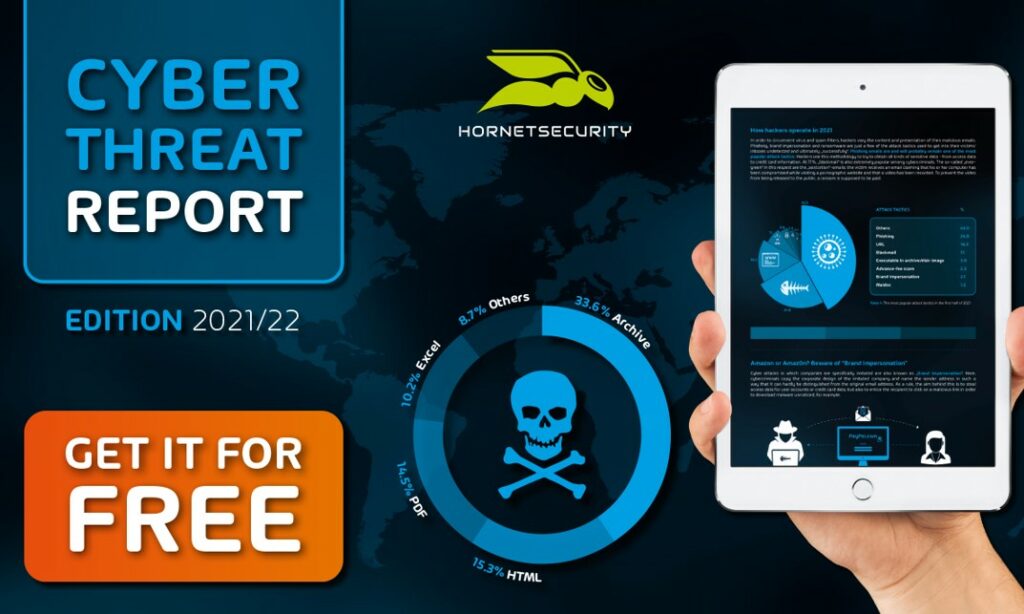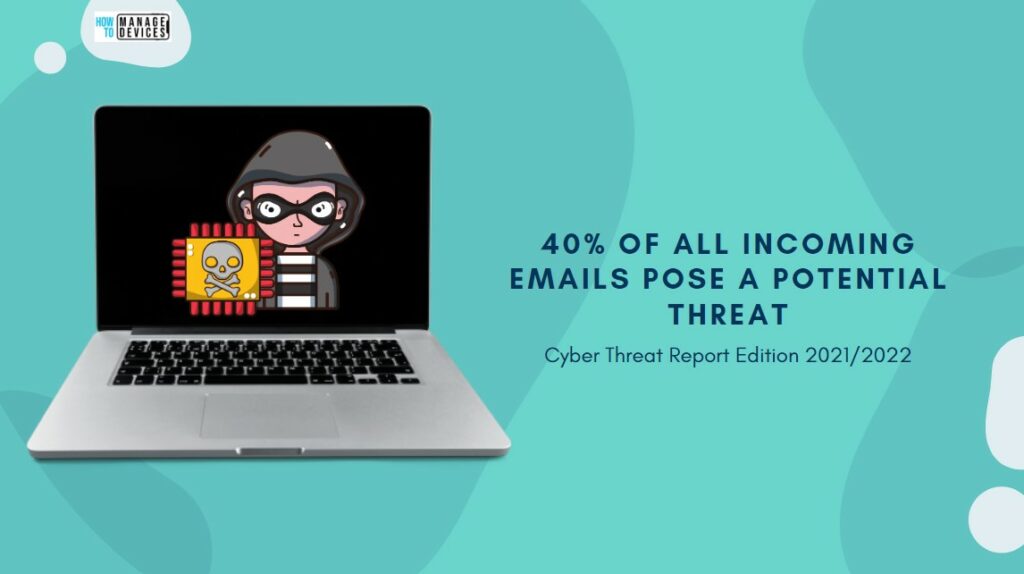Do you know 40% of All Incoming emails Pose a Potential Cybersecurity Threat? Well, that percentage is a bit of a surprise for me. Let’s look new Cybersecurity Report from Hornetsecurity cites growing threats of brand impersonation and ransomware leaks.
Organizations must avoid using easily guessable email IDs. The email IDs must always be hard to guess. I don’t want to create an official email ID such as [email protected] because that is easily guessable and opens a flood gate of spam mails.
I can take another real-world example of Microsoft email IDs. They don’t use easily guessable email IDs such as [email protected]. So, this should be the first thing you should think about while creating corporate email IDs.
All the vendors have a lot of new features to enhance the security features of their products. This intern helps to reduce cybercrime. Microsoft recently announced security enhancements to Windows 11 operating system.
Read More – New Security Features For Windows 11 such as Pluton Processor, Smart App Control, and Credential Security.
Cybercrime remains one of the biggest threats worldwide
Cybercrime remains one of the biggest threats worldwide, according to a new report from email cloud security and backup provider Hornetsecurity. The Cyber Threat Report Edition 2021/2022 details the latest insights and data on the current threat situation focusing on email communication.
The report examines the development of spam and advanced threats, shows which industries are most under threat, and identifies the most frequently used cyberattack methods. It also reviews the most important cybercrime-related events of the past year.

40% of All Incoming emails Pose a Potential Cybersecurity Threat
Let’s find out more about 40% of All Incoming emails Pose a Potential Cybersecurity Threat. As the primary means of communication for business, email is one of the main gateways for cybercrime and remains a prime attack vector.
Threat researchers at the Hornetsecurity Security Lab found that 40% of all inbound emails out of the total email traffic during the research period posed a potential threat. This includes spam, phishing emails, and advanced threats such as CEO fraud and malware.
Phishing, malicious links, and ransomware are among the most popular attack tactics hackers use. “Brand impersonation” is especially popular. For this, cybercriminals copy a company‘s corporate design and mimic the sender’s address so that it can hardly be distinguished from the original, genuine email address.

The main aim is to obtain the user’s access data or spread malware via hidden links. At 16.5%, Deutsche Post and DHL are among the top five most frequently imitated brands.
In addition to this and other insights about the current state of global cybercrime, the Cyber Threat Report Edition 2021/2022 also provides an outlook on further possible developments.
Get your free copy of the Cyber Threat Report today and access all data, figures, and visuals!